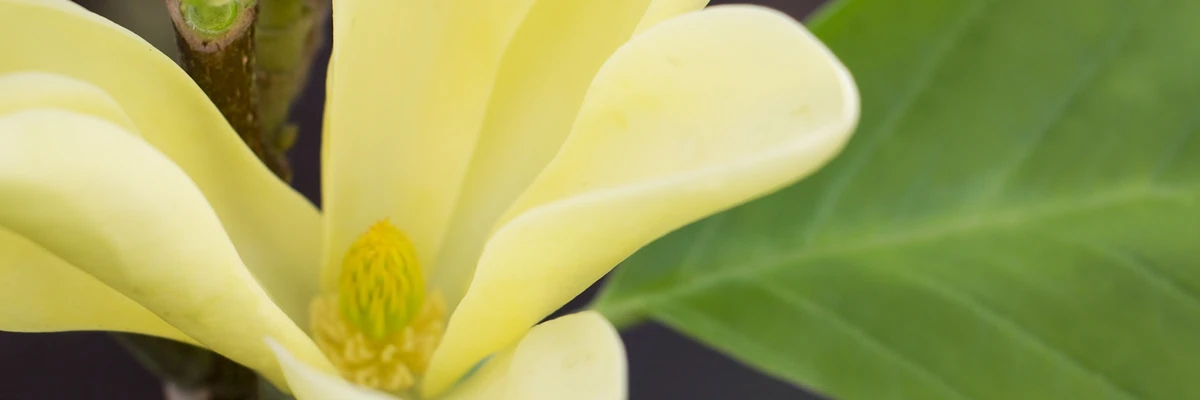MAGNOLIA x ‘Daphne’ flowers later than other magnolias. Thus, it better resists these spring frosts which generally arrive at the beginning of April, when the other magnolias are already flowering.
This hybrid with large flowers is probably the one that guarantees us the most intense yellow among those with so-called “yellow” flowers. Its exquisite fragrance gives it an additional advantage.
It grows in a compact, oval shape. Its modest size of around 3 to 4 m makes it a magnolia well suited to small and medium-sized gardens.
At the time of writing this article, we are also offering for sale on our nursery’s website the following magnolias:
- MAGNOLIA grandiflora
- MAGNOLIA grandiflora ‚Little Gem‘
- MAGNOLIA kobus
- MAGNOLIA sieboldii
- MAGNOLIA stellata
- MAGNOLIA sprengeri var. Diva ‚Eric Savill‘
- MAGNOLIA tripetala
- MAGNOLIA ‚Blue Opal‘
- MAGNOLIA x ‚Black Tulip‘
- MAGNOLIA ‚Felix Jury‘
- MAGNOLIA ‚Livingstone‘
- MAGNOLIA x ‚Sunsation‘
- MAGNOLIA x ‚Yellow Bird‘
- MICHELIA laevifolia ‚Fairy Honey Velvet‘ (R)
How to grow MAGNOLIA x ‘Daphne’
This yellow magnolia, like many flowering plants, likes full sun to partial shade. You can plant it in dry or moderately moist soil.
Magnolias are recommended for light or normal soils. Usually, magnolias are considered to prefer soils with an acidic or neutral pH. However, it can live in somewhat calcareous soils. It is resistant to temperatures below −20° C.
History and Origin
To begin with, magnolias belong to a genus of around 210 to 340 species that develop interesting flowers. The genus is named after the French botanist Pierre Magnol.
These wonderful plants appeared before the evolution of bees. Indeed, magnolia fossils have been found in China.
In addition, deciduous and persistent forms exist. However, the number of persistent varieties is extremely limited.
Magnolias primarily count the USA and Asia as their natural habitats.
Nevertheless, the flowers of many species are considered edible. The English use the petals of MAGNOLIA grandiflora as a condiment. Furthermore, in Asian cuisine, the flowers are used to flavor rice. Finally, in Japan, the young leaves and flower buds of MAGNOLIA hypoleuca are boiled and eaten as a vegetable.




Leave a Reply